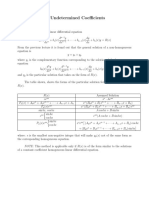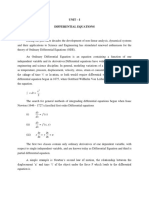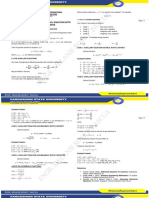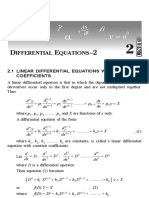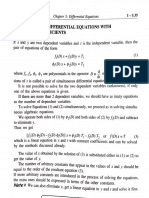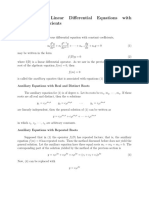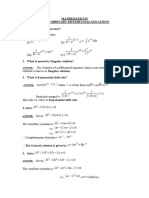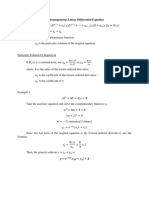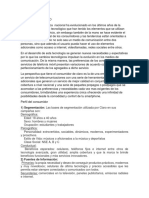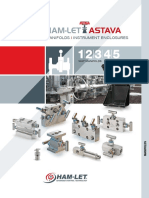0% found this document useful (0 votes)
21 views9 pagesExample 5
The document provides a series of examples demonstrating the solutions to various differential equations using auxiliary equations. Each example includes the form of the differential equation, the corresponding auxiliary equation, and the general solution. The document also differentiates between initial value problems and boundary value problems, providing specific solutions for each case.
Uploaded by
Anitha RaghavanCopyright
© © All Rights Reserved
We take content rights seriously. If you suspect this is your content, claim it here.
Available Formats
Download as DOCX, PDF, TXT or read online on Scribd
0% found this document useful (0 votes)
21 views9 pagesExample 5
The document provides a series of examples demonstrating the solutions to various differential equations using auxiliary equations. Each example includes the form of the differential equation, the corresponding auxiliary equation, and the general solution. The document also differentiates between initial value problems and boundary value problems, providing specific solutions for each case.
Uploaded by
Anitha RaghavanCopyright
© © All Rights Reserved
We take content rights seriously. If you suspect this is your content, claim it here.
Available Formats
Download as DOCX, PDF, TXT or read online on Scribd
/ 9


